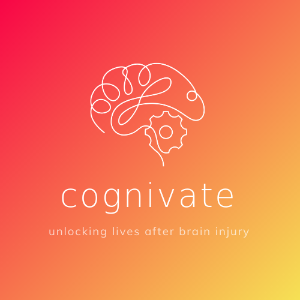Understanding Workplace & Ergonomics Assessment
A workplace & ergonomics assessment is a professional evaluation of how a work environment affects comfort, safety, and efficiency. By identifying potential risks such as poor posture, unsuitable equipment, or repetitive strain factors, these assessments can prevent injuries, improve productivity, and support long-term health.
What is Workplace & Ergonomics Assessment
This service involves analysing the physical layout of workstations, furniture, and tools, as well as reviewing working practices. Recommendations may include adjustments to seating, desk setup, computer positioning, lighting, and workflow processes to reduce strain and maximise comfort.
What to Expect During Workplace & Ergonomics Assessment
When you book a workplace & ergonomics assessment, you can expect:
A detailed consultation about your job role and daily tasks
Observation of how you sit, stand, and move in your work environment
Assessment of workstation setup, posture, and equipment use
Identification of risks such as repetitive strain or poor positioning
Personalised recommendations to improve safety and comfort
Guidance on posture, movement breaks, and ergonomic tools
A written report or action plan for long-term improvements
Who Conducts This Service
This service is carried out by ergonomics specialists, occupational health professionals, or physiotherapists trained in workplace health and safety.
Who Might Need This Service
Workplace & ergonomics assessments may be recommended for:
Office workers experiencing back, neck, or wrist pain
Home workers looking to optimise their setup
Businesses aiming to meet health & safety requirements
Employees recovering from workplace injuries
Organisations seeking to reduce staff absence and boost productivity
Individuals spending long hours at a computer or workstation
Types of Workplace & Ergonomics Assessment
Office Ergonomics – Evaluating desk, chair, and screen setup.
Home Working Assessments – Optimising home office environments.
Industrial Ergonomics – Improving manual handling and equipment use.
Display Screen Equipment (DSE) Assessments – Ensuring compliance with workplace regulations.
Post-Injury Assessments – Supporting safe return to work.
Whole Workplace Reviews – Assessing multiple employees and departments.
The Risks Associated with Workplace & Ergonomics Assessment
This is a safe and non-invasive service. Potential risks are minimal but could include:
Temporary disruption to work routines during the assessment
Resistance to recommended changes if employees are not fully engaged
When recommendations are followed, the benefits far outweigh these minor inconveniences.
How to Choose the Right Health Professional
When searching for a workplace & ergonomics assessment service near me, consider:
Professional Background – Specialists with training in ergonomics or occupational health
Experience – Professionals who have worked in similar environments to yours
Customisation – Assessments tailored to your unique role and workspace
Compliance Knowledge – Awareness of workplace safety regulations and standards
Clear Reporting – Professionals who provide practical recommendations and documentation
Summary
A workplace & ergonomics assessment helps identify risks, prevent injuries, and create a healthier, more productive work environment. My Health Assistant connects you with trusted experts offering workplace & ergonomics assessment services near me, ensuring you or your organisation receive professional, tailored, and effective solutions.













